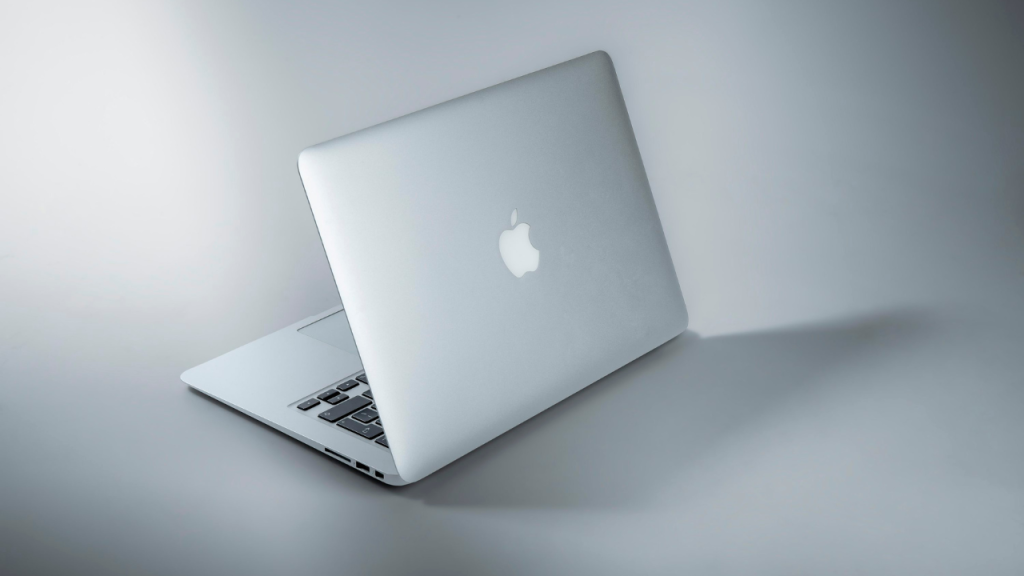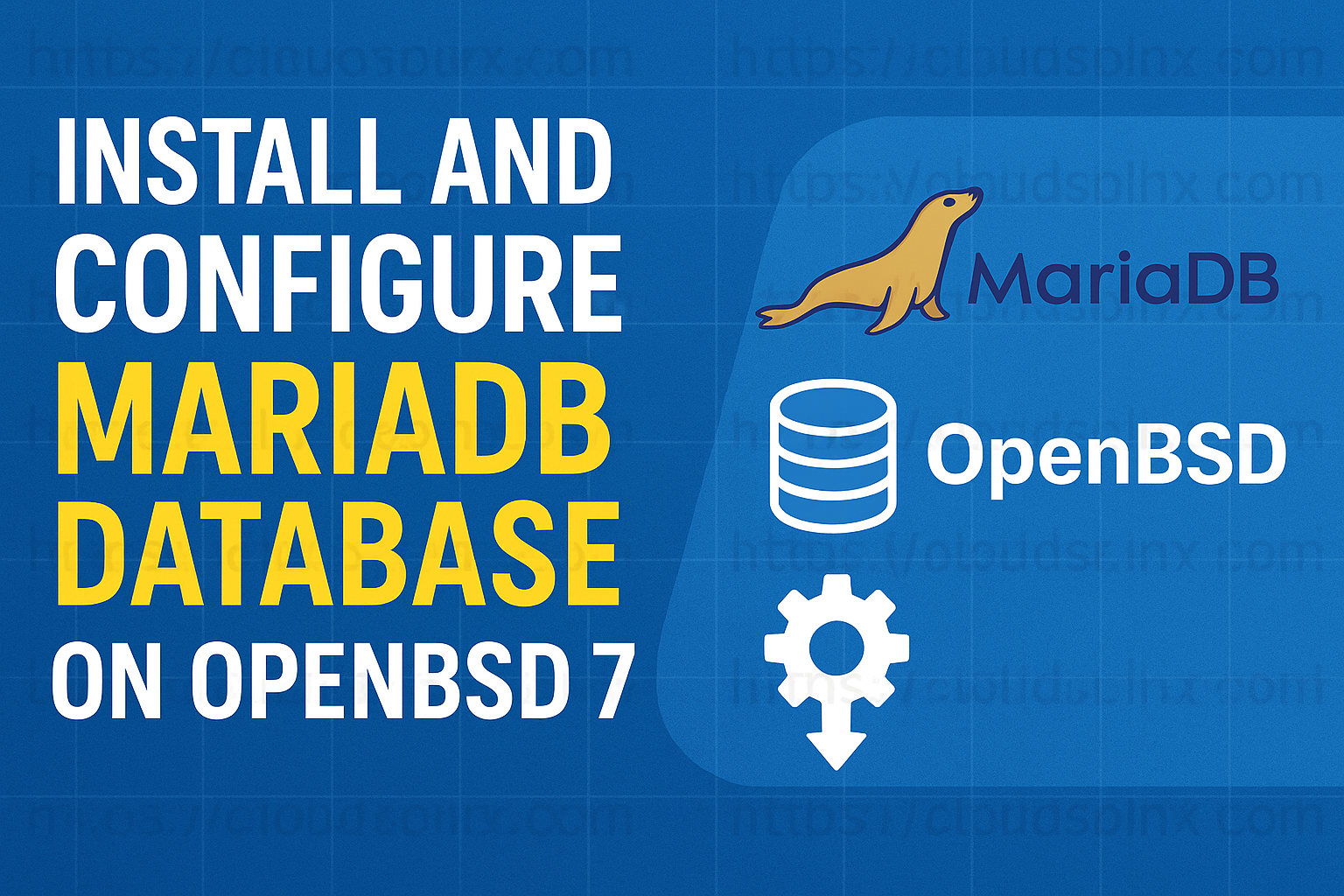
When using Adobe programs like Photoshop, you may realise that the program seems to save your edit history and current environment, even when the program is abruptly closed down. This is usually what RAM is for, temporary memory, but sometimes it will save on the disk – often when RAM is becoming full.
By default, Photoshop uses the disk that your macOS is installed on – this is called the primary scratch disk. A common error to receive is the “Scratch Disk Full” error which means that now your hard drive is running out of space – the one that is used as the scratch disk.
CleanMyMac X provides you with an overview of your Mac’s storage makeup so you can quickly identify which folders are full with stuff. CleanMyMac X is available for free with a seven-day trial of Setapp, a subscription service to solve every task. It’s only $9.99 per month when the trial ends for unlimited access to the full catalog of apps.
Changing disk preferences
You can actually change the scratch disc settings if you head to Preferences when Photoshop is open and then click Scratch Disks. You will be presented with the scratch disk, some information, and the free space. Presumably, you will now see the space is running fairly low. You can enable and disable a scratch disk by checking/unchecking the “active?” box. Make sure to click OK to confirm any changes, and you may want to restart the program just in case.
Generally, you should have a minimum of 6GB of free space on your scratch disk at any one time. However, 6GB is what Photoshop tries to reserve – so this is often subtracted from how much free space there actually is. As a rule of thumb, always try and have 20GB of free space on your startup disk to avoid any errors. However, you can go as low as 10GB if you absolutely had to.
Clear Cache
So, to begin with, clearing out some space, you can clear the Photoshop cache. If you press Shift-Command-G, your Finder window opens. Paste in ~/Library/Caches and hit Go. From here, find the Photoshop folder and begin deleting the cache inside – removing the Trash afterward.
Otherwise, you can use cache clearing software to help automate the process. Plus, cache clearing software can clear the cache from all of your apps at once, instantly freeing up many gigabytes worth of storage space.
Clearing storage space in general
Ultimately, you just want to free up some space on your main disk. This can be done by heading to About This Mac on the Apple menu and pressing Storage. Here, you will get a good idea of how much storage you have and what the culprit is for hogging it all. Begin with the recommended options for clearing out some space, but also don’t be afraid of going through your apps and downloads folder and deleting large, unused files and programs.
Removing temporary files
Finally, search .tmp in the Finder window to search for temporary files and delete them. Also, be sure to delete the Photoshop-specific “pst” temporary files too. Head to your Trash and clear this too.
If Photoshop is misbehaving, close down the program safely and then restart the mac. Often, problems are caused by abruptly closing down the program or shutting down the Mac frequently enough.
More articles from us:









